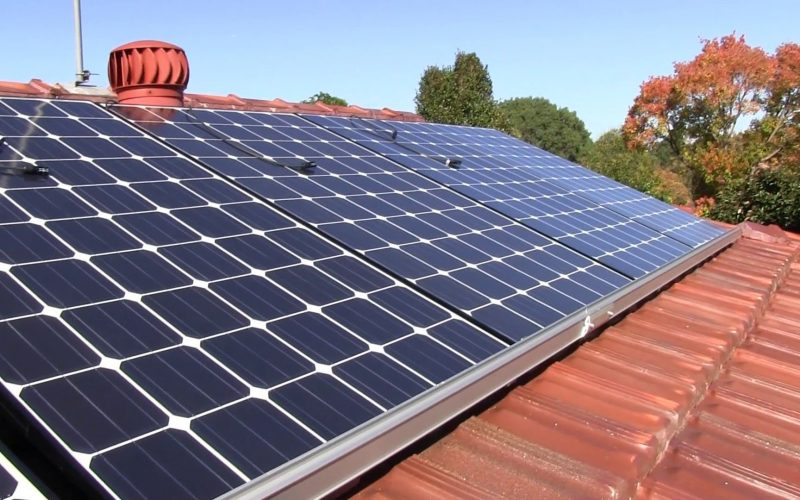Solar panel temperature is one of the important factors that affect how much electricity your panels will produce. It’s ironic – but the more sunshine you get, the hotter the panels get and this in turns counteracts the benefit of the sun. In some cases, the heat factor can reduce your output by 10% to 25% depending on your specific location.
We can look at the data sheet provided by your manufacturer, who provides the solar panel; there you can find a common term which is referred to as the temperature coefficient pMax. This value is normally given in the form of a negative percentage, reveals the impact of temperature on the panel.
Solar panels are power tested at 25 degree Celsius, so the temperature coefficient percentage illustrates the change in efficiency as it goes up or down by a degree. For example, if the temperature coefficient of a particular type of panel is -0.5%, then for every 1 degree Celsius rise, the panels maximum power will reduce by 0.5%. So on a hot day, when panel temperatures may reach 45-degree Celsius, a panel with a temperature coefficient of -0.5% would result in a maximum power output reduction of 10%. Conversely, if it was a sunny winter’s morning, the panels will actually be more efficient.
Below are some of the prerequisite information related to the temperature coefficient of the solar cell is given below:-
- Both monocrystalline and polycrystalline cells have a temperature coefficient pMax of between -0.45% to -0.50%
- Amorphous based thin film panels have a rating of between -0.20% to -0.25%
- The Hybrid solar cells currently on the market sit in the middle with a temperature coefficient pMax of between -0.32%
Moreover, it was found that higher the temperature, PV cells lose their efficiencies and for better performances, low temperature is required.
Go solar with zunroof

